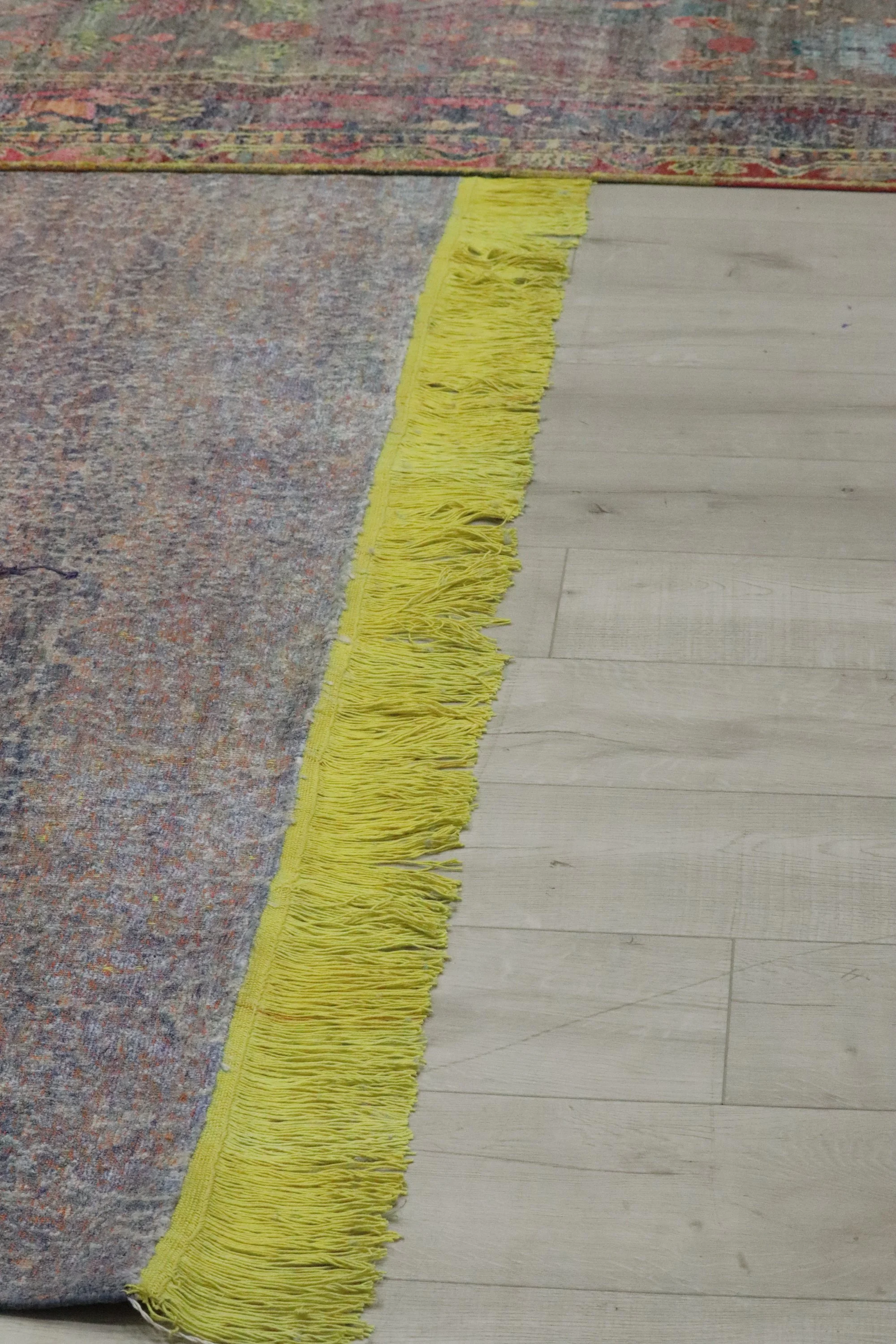Cocoa and Jasmine studio space shifted at the beginning of this year to the vibrant city of Jaipur. As we settle into the vibe of a new city and redefine our identity, we were curios to connect with the glocal community in the city. We created a series that explores designers from diverse backgrounds and creative pursuits through their studio spaces.
Read MoreWabi sabi is a worldview and philosophy with origins in Japan. It is a concept that embraces the perfection of imperfections, finding beauty in simplicity and experiencing the spiritual richness in what is. It is through this aesthetic that one is inspired to experience tranquillity, inner spaciousness, and harmony with nature.
Read MoreKavita Parmar is the Founder and Creative Director of The IOWEYOU Project focused on producing unique, handmade apparel based on handwoven fabrics from India as well as the Curator of XTANT that brings the best of the world textile makers under one roof. Her understanding of traditional textiles with a cultural context makes her practice unique and exciting at the same time. We had the pleasure to speak to her and understand her thought process on textiles from Mexico and India.
Read MoreWhile design continues to be the most popular profession within textiles, I have always been intrigued by curators and cultural entrepreneurs looking at textile anthropology, and their involvement with the artisan communities in many ways. Two such projects that are rooted in textiles communities from geographies that are miles apart caught my focus. We spoke with women entrepreneurs from different walks within textiles from Mexico and Lebanon.
Read MoreWhen I think of Indian contemporary textiles, I think of Neeru Kumar’s contribution since the 1990s. An Indian designer who has experimented with traditional weaving and surface techniques like ikat, tussar and shibori (to name a few) to create globally relevant versatile silhouettes, Neeru Kumar continues to innovate within textile experimentations in fashion and home. Interestingly, I had been following Namrata Kumar’s work that explore silhouettes, Indian interiors and portraits in warm acrylic and oil colours, and had to interview the creative mother- daughter duo. They speak about their journeys, process and cultural influences.
Read MoreI visited a house that belonged to a Punjabi household in Delhi from 1991 ( no one lives here anymore) to investigate the residential interior design from the 90s. Some of the questions I had were -
How does design affect our idea of home? Does the familiar create comfort? Is there a sense of belonging in objects, visuals, materials?
Read MoreEvery piece of heirloom tells a tale of generations. It is a tangible reminder of our regional, cultural and linguistic lineage, preserved in stories and objects of material memory that provide great nostalgia as the years go by. But even nostalgia aside, heirlooms simply convey the importance of the individual or the social microcosm of the family in the larger dialogue of cultural anthropology, wherein the significance of material culture is understood in larger, more cumulative settings.
Read MoreAt its core, creative entrepreneurship is a marriage of introspective ideas with strategic actions. It is guided by sensory intuitions and executed with resourceful innovations. The goal is to bring together a community through imaginative solutions.
Read MoreMy first trip to India was in the ‘70s — I came to Delhi and Jaipur as my designer mother’s production assistant. I was 21 and I could hardly breathe for excitement. It was like moving through a dream or an illustration from the Victorian Age.
Read MoreAlong the river Narmada, lies Maheshwar, (two hours south of the capital of Madhya Pradesh) a princely town that thrives on it’s handloom industry. Ahilya Bai Holkar could be called the mother of Maheshwari sarees. During her reign of 30 years in the late 1700s in Maheshwar, she encouraged weaving of cotton silk sarees that had simple patterned zari borders and two pallus.
Read MoreIt all came together as I was looking out of the window of my life for something that would liberate me from my financial dependence on my family and the materialistic quality of life. To have the freedom to invest my time and energy in things that call out to me to explore and I did not know how to explain this to my family as these were intangible mostly.
Read MoreThemed around Devi, Mata Ni Pachedi is a 800 year old art form that the Chitara community is preserving in Gujarat. Also known as Kalamkari from Gujarat, the artform tells stories of Hindu Mythology and Indian folklore depicting scenes from epics like Ramayana and Mahabharata. As Kirit Bhai, a 9th generation artist holds a bamboo stick dipped in allum and mador ( natural colour to achieve deep red).
Read MoreAnita Lal is the founder of the luxury brand, Good Earth that was started in 1996. Lal was a Psychology graduate and a studio potter before launching the brand. Good Earth started as a boutique and has now transformed into one of the most well-known luxury and lifestyle brands from India.
Read MoreGautam Sinha is the founder of the New Delhi-based ‘leather and thread’ brand, Nappa Dori. It was launched in 2010 after Sinha had a chance encounter with leather while working for a Scandinavian client and crafted a line of belts. Nappa Dori is a luxury brand that introduced the vintage, wanderlust-inspired travel goods like colourful trunks that replaced the ubiquitous backpack. Sinha also added Cafe Dori to his leather venture that enhances the experience of being a part of the brand.
Read More



















